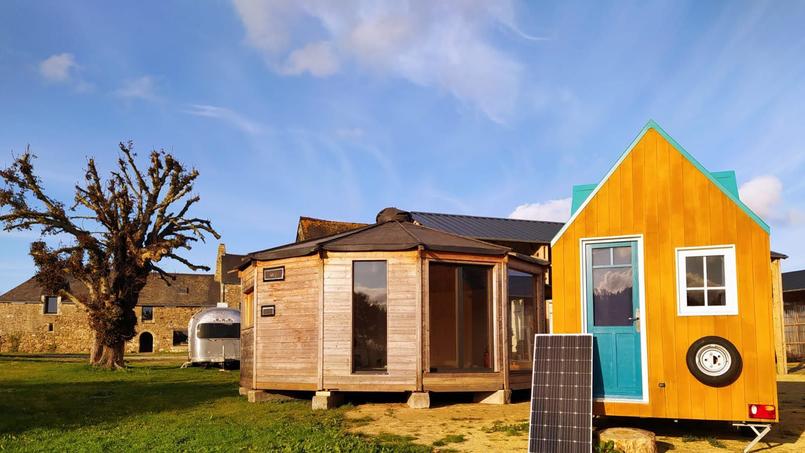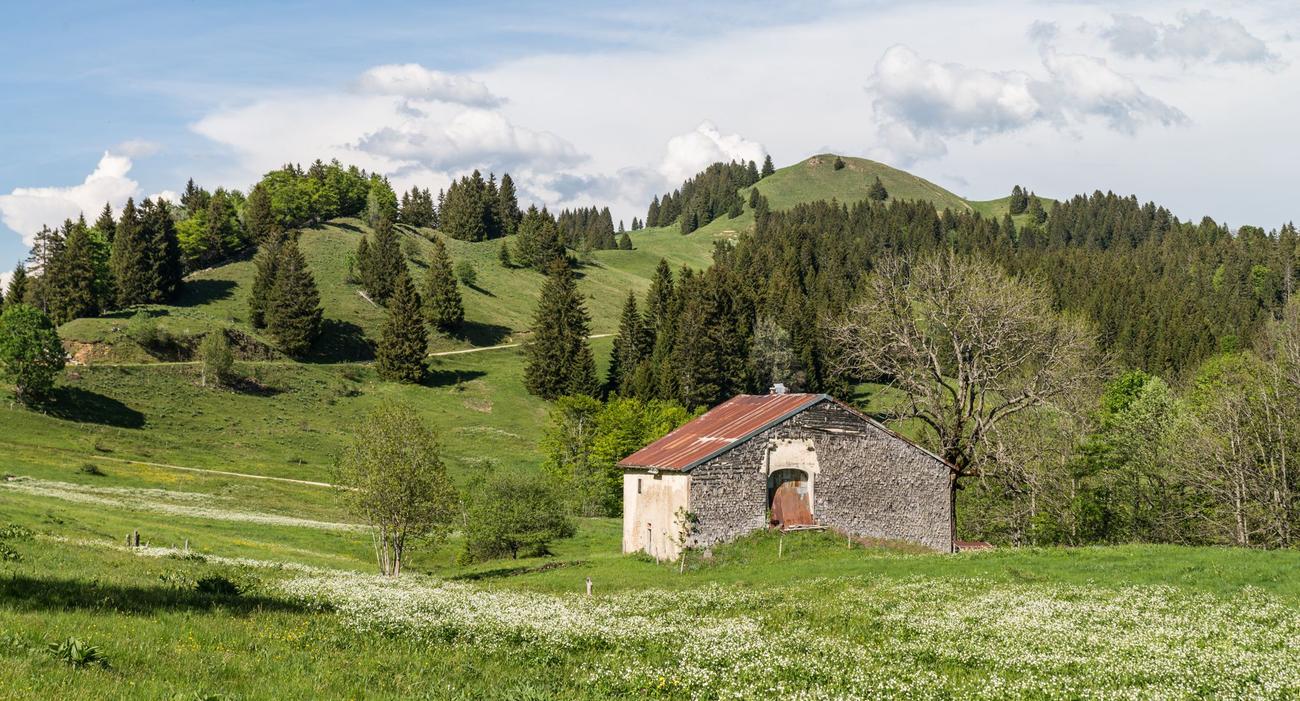A light concept: small budget for tenants, small-sized accommodation and very limited environmental impact since the buildings can be dismantled. Here is the “light village”, principle developed by the association of the same name, which aims to support communities in “creation of economically accessible eco-fractions, to allow everyone to live in a sustainable and united way”, as he explains on his website. The association currently has around twenty projects in various stages of progress (from study to implementation), most of which are located in Brittany It is in the Pays de la Loire. Among the most advanced: Saint-André-des-Eaux (Côtes d’Armor), Plessé (Loire Atlantique), Commana (Finistère) and the Pays de Mormal (North).
As can be seen, the principle also applies to the Jura this initiative of the municipality of La Pesse (Haut-Jura) reported by France 3. Like other villages, the place struggles to attract new residents. But rather than these places no longer attracting anyone and gradually emptying out, La Pesse is a victim of its success. Between its living environment, nearby ski slopes and hiking trails, it is a popular vacation spot. Result: 39% of the houses in the town are second homes and it is very difficult to find a house in the area for less than 400,000 euros.

200 m2 garden
For this reason the Municipality was looking for a less expensive solution for everyone. The light village could attract new inhabitants without forcing the village to artificialize the soil. It would make the land available but could reclaim it later, without any construction. For the moment the avenues for reflection concern homes that would not exceed 40 m2 but with a large garden of 200 m2, all for a rent of between 100 and 250 euros per month. On April 30, a first information meeting on the topic was held, which attracted around a hundred curious people, including residents and potential leasing candidates. After a six-month feasibility study and another six months to find tenant candidates, the project could lead to the construction of 5-10 homes by 2026.
Beyond the approach low cost and the countryside revitalization project, the defenders of these light villages propose a form of community life. In the way of participatory habitats, future tenants are asked to create their association and establish the rules of coexistence in the area, before their settlement. A way to guarantee everyone’s involvement and respect for the rules chosen together.
